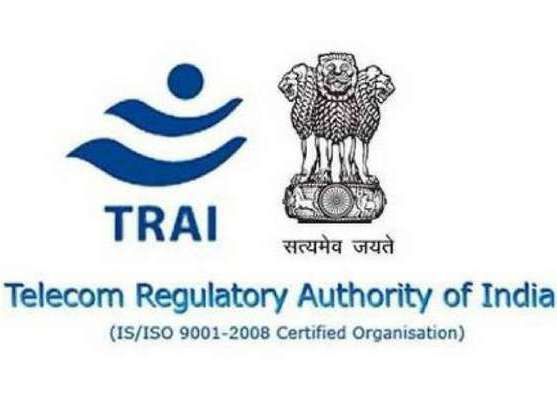  The telecom department does not plan to auction spectrum in the E and V bands, used as backhaul to connect mobile where fibre is not available and is crucial for 5G, but won't be allocating it on a first-come-first-serve basis as well, a senior official said.
The DoT may look at a method of allocating the airwaves in these bands for a fixed fee, following the recommendations of the Telecom Regulatory Authority of India (Trai) from 2014.
“As far as we know, nowhere in the world are these bands auctioned… If you assign one whole block to one telco through auction, then no one else can have it. Instead of infinite point to point links that could be there, he may put only 2-3 links and will be squatting on the rest and no one else will be able to use it. This is the main reason why globally, it is not auctioned,” the senior official explained.
“(The way to give this spectrum) is either to do full delicensing or light licensing which does not mean first-come-first-serve, but rather it means that whoever gets the points, notes his latitude and longitude on a central registry so that other people take that into account when they plan their own point to point links,” the official added.
Telecom secretary Aruna Sundararajan told ET that the DoT hasn't formed a view on how to allocate E and V bands and the matter won’t be considered by the Telecom Commission at its meeting on May 1.
Airwaves in the E band, which falls between 71-76 GHz and 81-86 Ghz, and V band, between 57-64 GHz, can transmit data with speed of around 1,000 megabit per second. The bands are mostly used as backhaul, which means connecting the core of a telecom network to nodes and then onto towers, to transmit data. In places where telcos cannot lay fibre – which typically requires manpower for laying and maintaining, national and local level permissions besides a lot of investments – the E and V bands can be used, which is also more cost efficient when compared to fibre.
This spectrum is also called fibre wireless or fixed spectrum, because like fibre it has the capacity to carry bandwidth since it is point-to-point, but it is not used for direct mobile connectivity.
“Why should this spectrum be given to carrier(s) who are not interested in setting them up… it will be waste of the spectrum which is a national asset, especially for India where connectivity is a challenge,” the official added.
Trai had recommended that E-band spectrum should be charged at Rs10,000 per annum per slot of of 250 MHz each and there should be initial promotional discount of 50% for three years from the date of allocation of first carrier in this band.
For spectrum in V-band, the regulator has recommended that it should be charged at Rs1,000 per annum per slot of 50 MHz each. Prices will be reviewed after 5 years based on deployment and usage. |